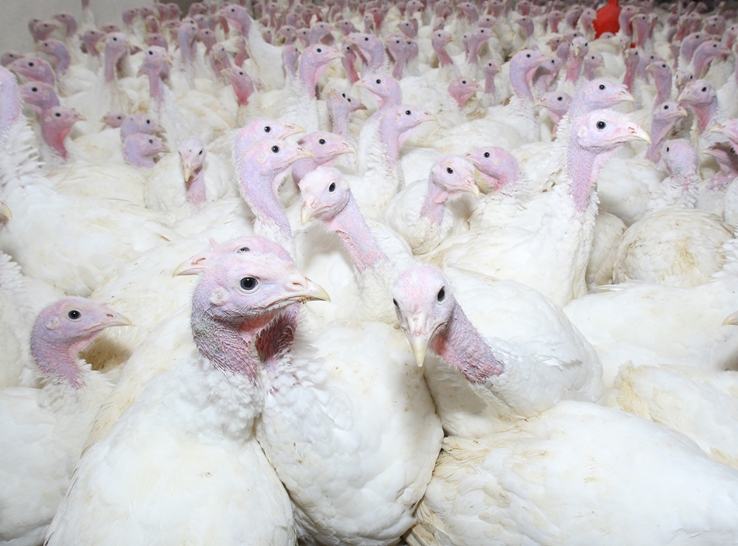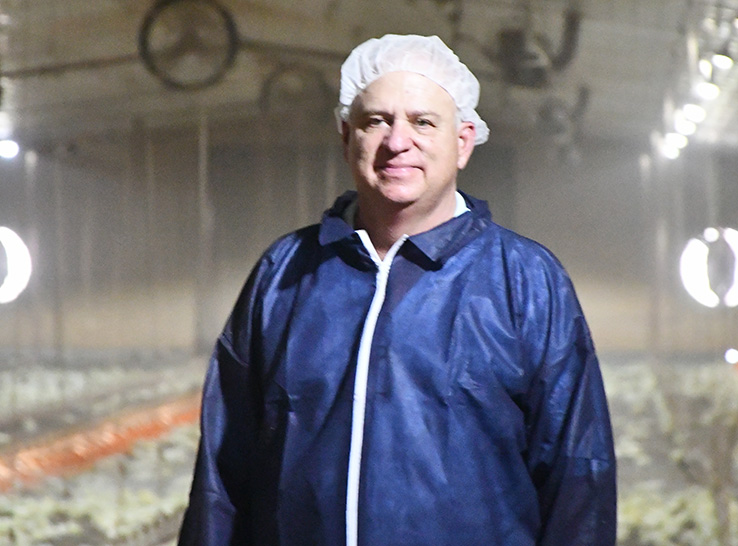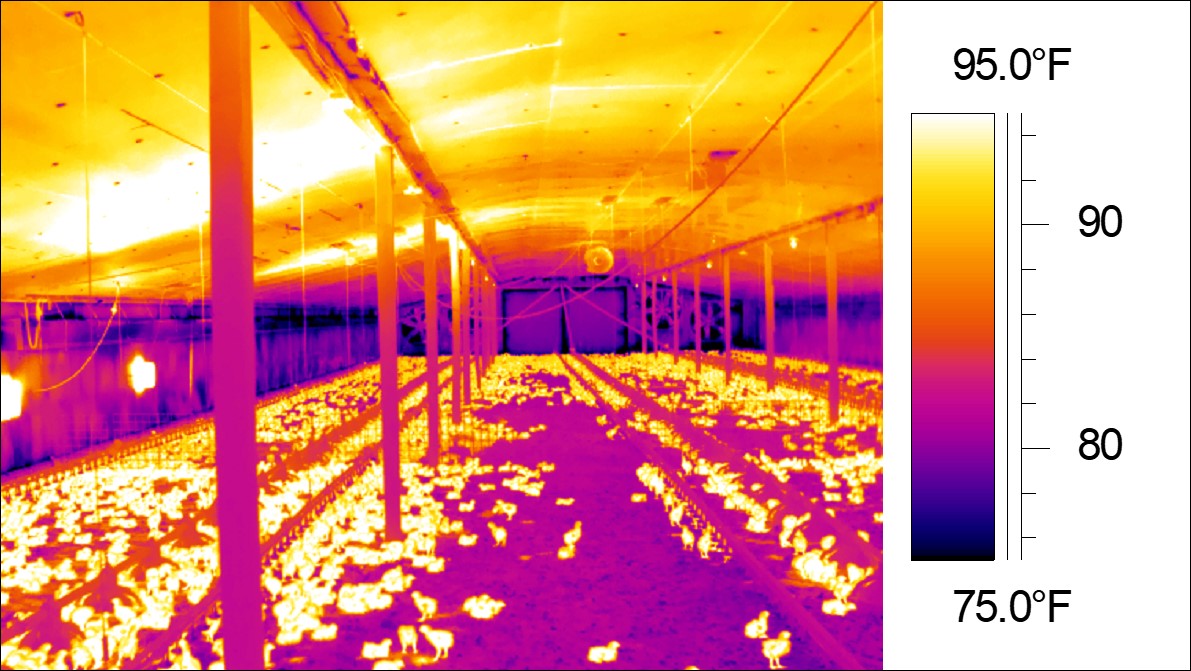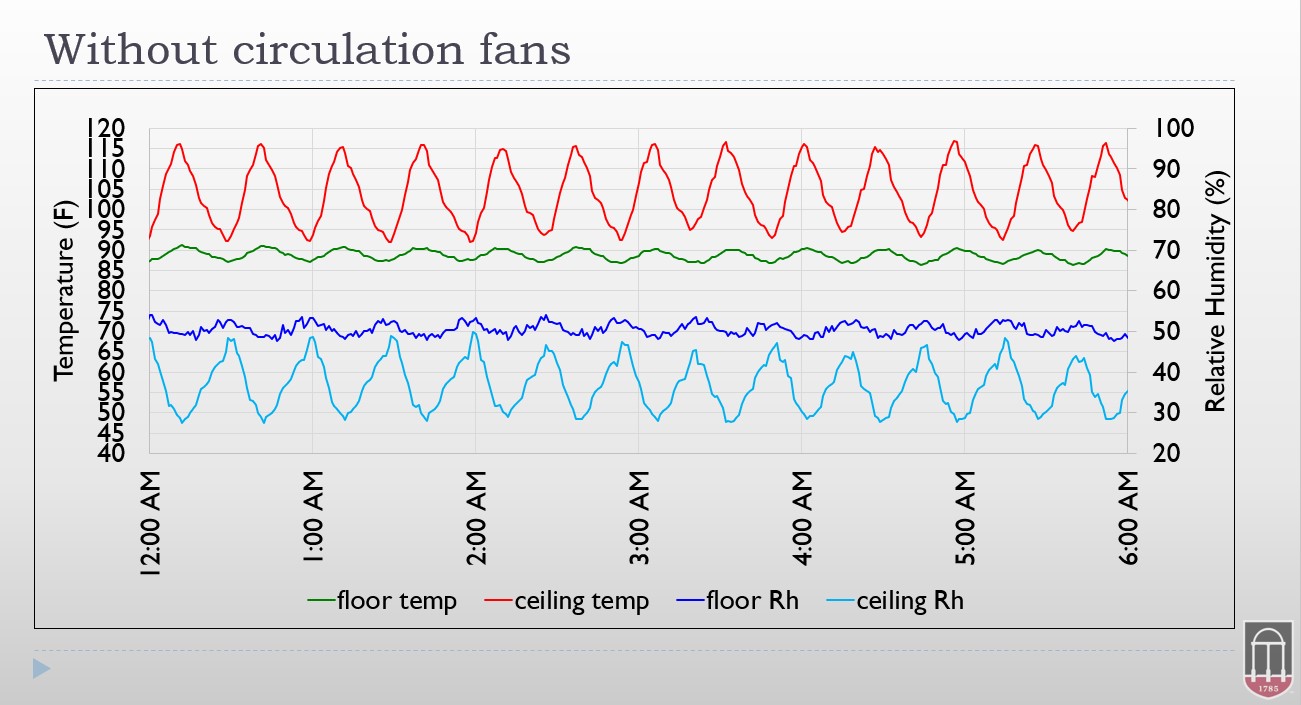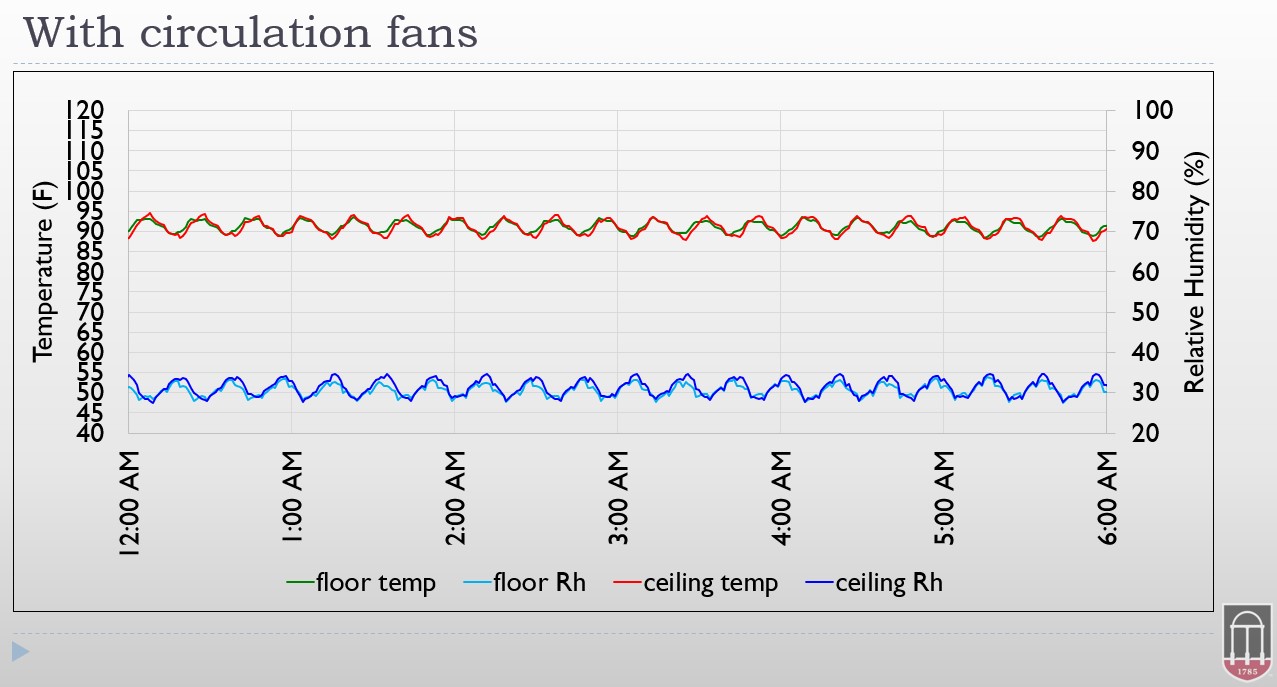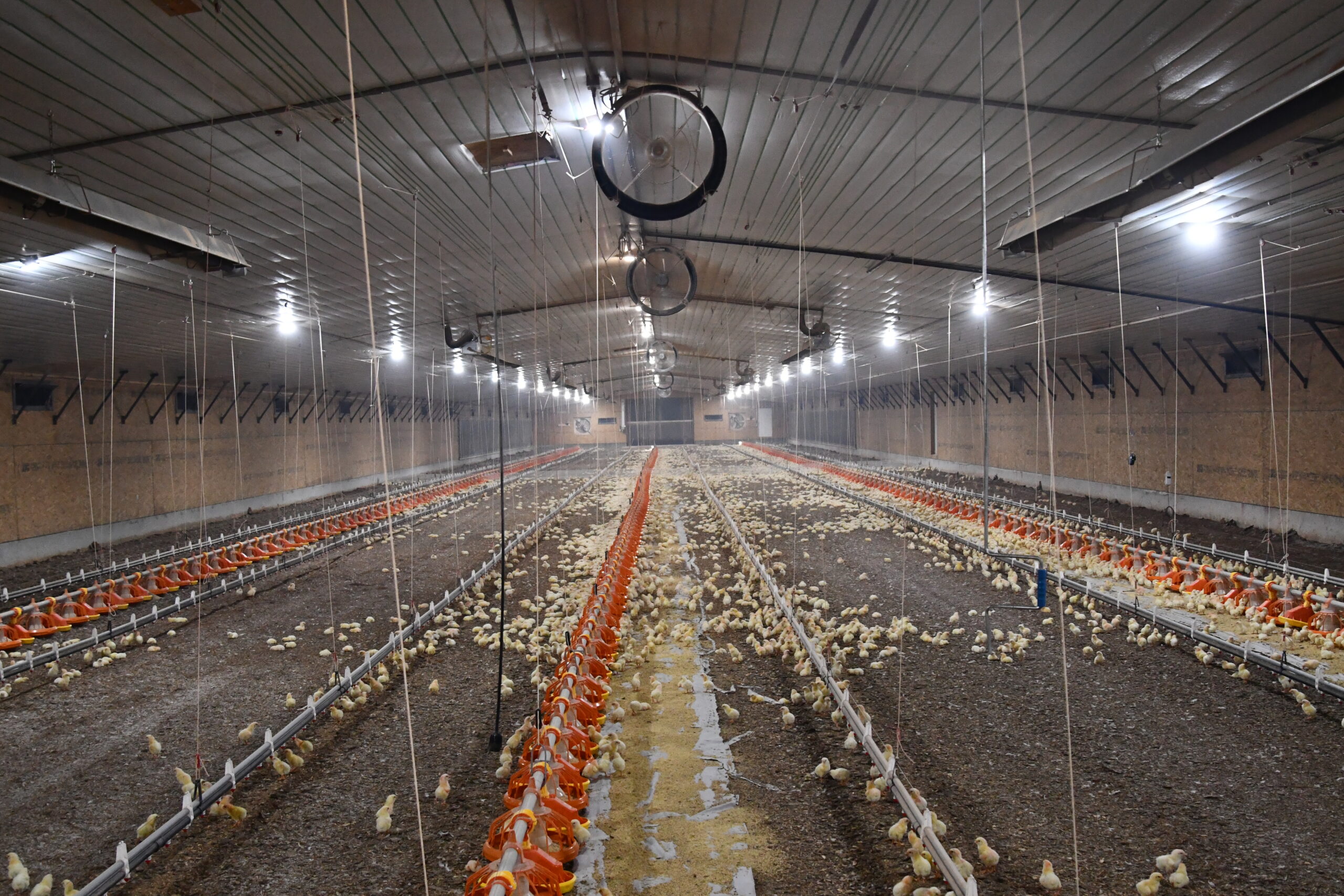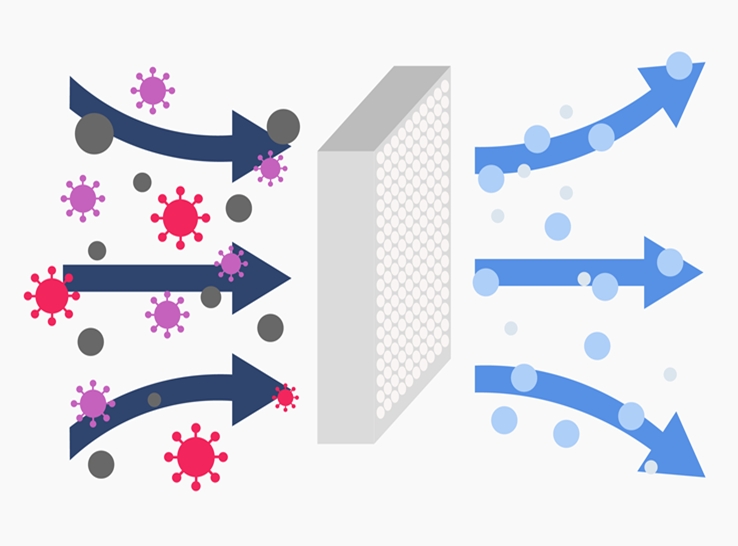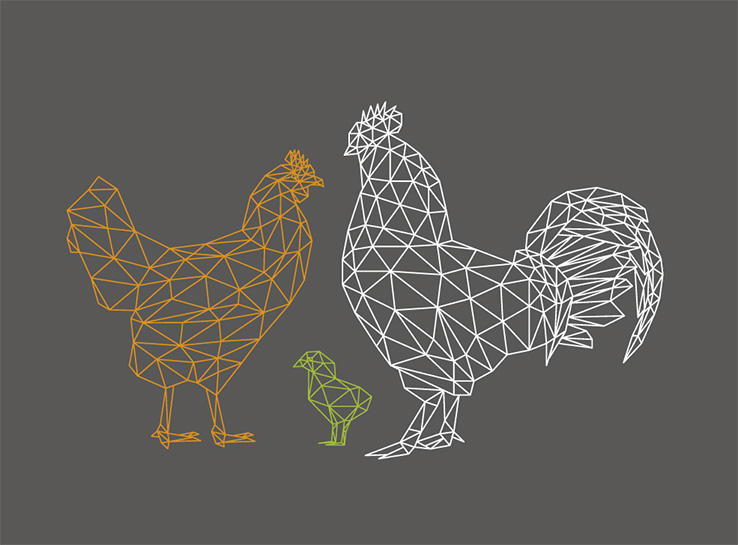By Michael Czarick
Extension Specialist – Engineering
University of Georgia
Department of Poultry Science
I’m often asked to recommend the best house temperature for day-old broilers, but there isn’t a simple answer. It could be 84oF or as high as 95oF. That’s because the real concern should be a chick’s thermal comfort, which is determined by a variety of environmental factors in addition to air temperature.
Simply put, a chick will feel comfortable if it is not gaining or losing too much heat. If a chick is losing too much heat, it will “feel cold.” If a chick is gaining too much heat, it will “feel hot.” To optimize chick performance and health, the goal is to manage the overall thermal environment so that it “feels” neither hot nor cold.
Relative humidity
Yes, air temperature plays a big role in a chick’s heat loss or gain but so does, for example, relative humidity (RH). A chick loses heat with every breath it takes. As it breathes in air, water is evaporated from the chick’s respiratory track, essentially removing heat from the chick. The drier the air, the greater the amount of water evaporated from a chick’s respiratory system. The greater its heat loss, the cooler the chick will feel.
So, you could have a house temperature of 90oF but if the RH is high — say 70% — a chick could be heat-stressed. Conversely, if the RH is very low — say 20% — the chick could be cold-stressed. This is why it’s best to adjust brooding temperatures based on house RH (Figure 1).
Figure 1. Target house air temperatures based on house relative humidity
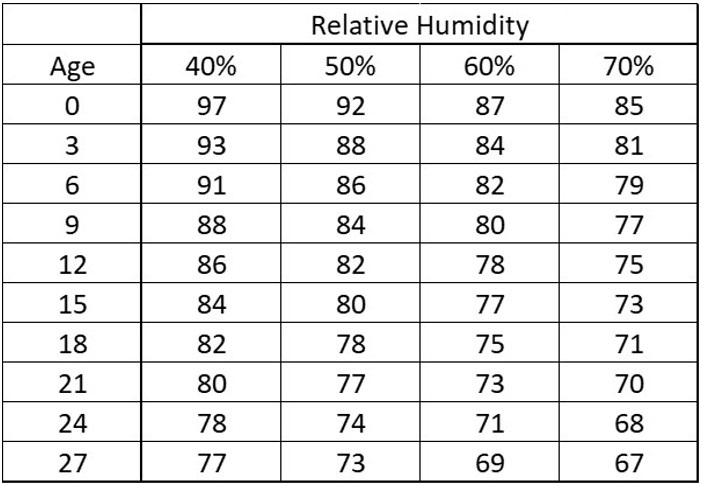
Credit: Ross Broiler Handbook 2018: Temperature calculations based on a formula from Malcomb Mitchell of the Scottish Agricultural College
Air movement
Another very important environmental factor that can affect a chick’s thermal comfort is air movement. For decades, broiler producers have been warned to keep air movement within a house to a minimum for fear of creating a draft. But whether air movement has a chilling effect on young birds depends to a large extent on air temperature. Though moving cool air over chicks can cause chicks to feel cool, circulating warm air during brooding can actually help prevent a chick from becoming chilled, as well as improve overall air quality and bird health (Figure 2).
Figure 2. This thermal image shows significant temperature differences throughout a poultry house during brooding
During the beginning of a flock, the amount of air movement and circulation created by a house’s exhaust fans and air inlets is rather limited due to the low minimum ventilation rates required. If air isn’t moving and circulating, the hot, light air produced by a house’s heating system quickly rises to the ceiling, leaving the coolest air near the floor. As a result, it is not uncommon during cold weather to find the temperature of air next the floor is 10 o F to 20o F cooler than that near the ceiling.
Further complicating matters is cold air that enters through wall cracks. That coupled with loose-fitting curtains can lead to air temperatures near the end and side walls that are 5o F to 10o F cooler compared to the temperature in the center of the house.
The combination of these environmental factors can cause less than optimal air temperatures for a significant percentage of chickens in the house (Figures 3 and 4).
Figure 3. Air temperatures at the ceiling and near floor without circulation fans
Figure 4. Air temperatures at the ceiling and near the floor with circulation fans
Benefits of air circulation
When air is circulated during brooding, warmer air near the ceiling and the center of the house is mixed with cooler air near the floor and end walls, resulting in overall warmer conditions for chicks throughout the house. This potential benefit is often underappreciated because air temperatures are typically sensed by controllers and people tend to multiple feet above the floor, not at chick level.
If the air temperature at chick level is increased, increased air movement doesn’t tend to result in chilled chicks. If chicks do appear chilled when air is circulated, growers must ask themselves if there is too much air movement or possibly if the chicks would possibly do better with a slightly higher house air temperature.
Impact on litter
Another potential benefit of circulating air early on in the flock is the impact on litter. During brooding, not only is temperature stratification a challenge, but so is humidity stratification as well. For every 20o F increase in air temperature, the RH of the air will be cut in half. So, if the temperature of the air near the floor is 80o F, the RH is 60% and the temperature of air near the ceiling is 100oF (which is fairly common), the RH of the air near the ceiling would be approximately 30%.
Not only does this make it more difficult to keep the litter dry, but it will tend to result in higher heating costs. Conversely, by simply circulating air in the house, drier air will be brought down to floor level and to otherwise cooler, wetter areas near the side and end walls (Figure 5).
Figure 5. High volume circulation fan system in a broiler house
To keep heating costs to a minimum, it is common to find the RH during brooding to be 50% or more. That makes it difficult to pull moisture from the litter into the air where it can be removed by a house’s exhaust fans. Of course, drying of litter can be increased by lowering the humidity of the air in a house, but this requires increased ventilation rates, which in turn will lead to higher heating costs.
More cost effective?
A potentially more cost-effective way to dry litter is to simply increase the amount of air movement over the litter. For instance, research has demonstrated that during the early stages of a flock, the use of circulation fans generating an air speed of 150 ft/min over the litter can increase litter drying rates by 35%.
Over the past 5 years, extension poultry scientists at the University of Georgia have conducted a number of field studies aimed at exploring the use of circulation fans to improve litter quality and bird health. Houses on the study farms were equipped with circulation fan systems that were cable of moving 20% to 25% of the house’s volume every minute.
When the circulation fans were operating, air velocities at floor level were between 100 to 150 ft/min. Without exception, litter moisture levels were significantly lower in houses with circulation fans compared to those without. Lower litter moisture levels resulted in not only improved paw quality, but lower ammonia levels as well. There were no adverse reactions among young chicks as a result of air movement created by the circulation fans provided that appropriate house temperatures were maintained.
Updating management
To optimize broiler performance, health and welfare, it is important to continually challenge traditional management practices and assumptions. In many cases, the problem isn’t incorrect management practices, but rather practices that may not meet the needs of the modern broiler.
Moving air over young chicks in the past was risky due to the fact that houses tended to be cooler due to the low insulation value of curtains and the lack of overall house tightness. Though caked litter has always been of concern, today it is of greater importance due to implementation of antibiotic-free production and the increased emphasis on bird welfare.
Increasing air movement over young birds through the use of a properly designed circulation fan system has been shown to improve overall conditions including warmer floors, more uniform house temperatures, drier litter and improved paw health for young birds — and without necessarily resulting in chilling.
Editor’s note: Dr. Czarick wishes to credit colleagues Connie Mou, PhD and Brian Fairchild, PhD, who have helped with his research.
Editor’s note: The opinions and/or recommendations presented in this article belong to the author and are not necessarily shared by Modern Poultry.

